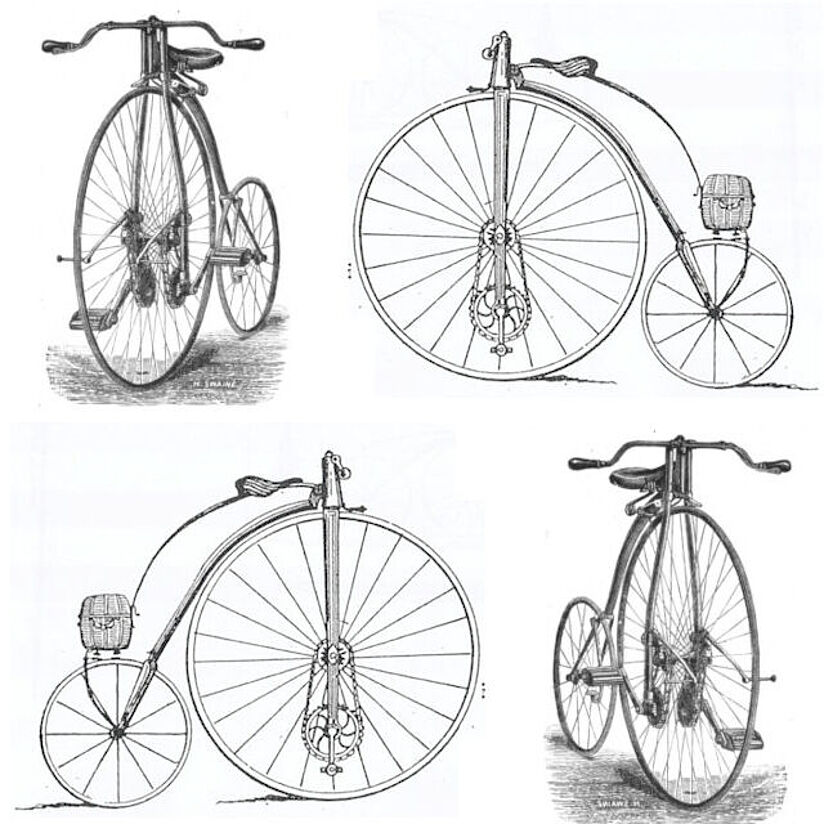
Bild: Outing and the Wheelman Band 5 1885 S. 488, Le Vélocipède Illustré 1 Mai 1883
Multiple Inventions in the History of Technology
Workshop supported by the DFG from July 23 to 25
Deutsches Museum Munich, The Cohn Institute for history and philosophy of science and ideas
Independent inventions of a similar device or method by separate groups is a highly common phenomenon in the development of technology. Indeed, the concept of simultaneous, multiple or parallel discovery and invention, developed to examine such cases, is well known and has attracted considerable scholarly attention. Yet, most of it concentrated on discoveries. Inventions received less attention. This is unfortunate since the multiplicity of inventions allows the historian comparing the paths of the different groups involved and teaches us thereby both on the resources that the inventions required and the social, technical and other factors that motivated the research towards them. By discussing the results of pre-circulated drafts papers of close historical studies of specific duplications, we aim to surpass truisms like ‘inventions are the product of their time’ by indicating the specific factors that made these inventions feasible and desirable at particular time and place. Moreover, these studies will help to indicate conditions under which multiple inventions are more likely to appear, and thus to better understand the process of invention and technological development in general.
Our studies range from re-examining famous multiples, like that of the telephone to exploring unexamined ones like that of the dye-laser. In response to criticism about the concept of multiples, to unjustified claimed of alleged multiples in the literature and to neglect of genuine multiples in other cases, we offer a concrete and careful historical and conceptual analysis of the cases. Each invention is examined within its contemporary understanding and context, to determine what was its novelty, and to what extent was it a multiple. The degree of similarity needed and the exchange of knowledge between the groups allowed for inventions to be regarded as multiples are examined through the particular cases. To this end we suggest precise and concrete definitions of the inventions on their technical part and their function. Such a definition turns out to be crucial for understanding the process of invention.
Registration: forschungsinstitut@deutsches-museum.de
